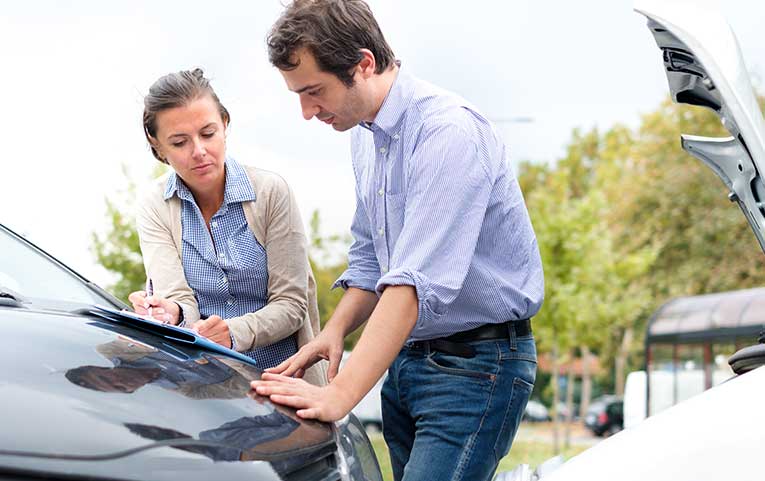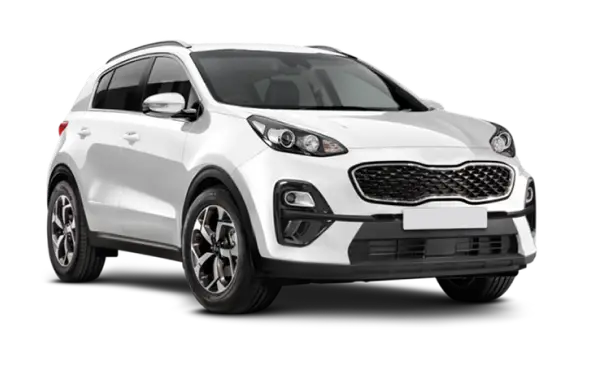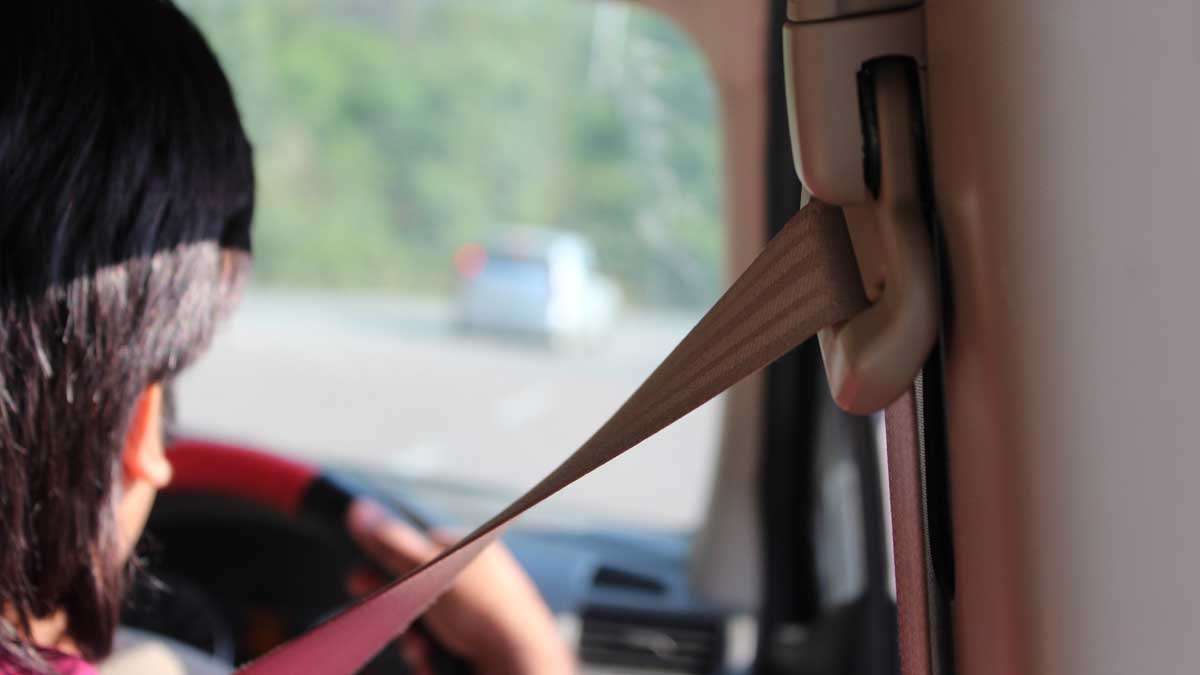One of the first things you may be wondering after you’ve been involved in an accident is how you’re going to get around while your own vehicle is in for repairs. Depending on your level of insurance cover and the optional extras you’ve purchased, you may be able to get a courtesy car or hire car through your insurer. You could also use public transport or rideshare services, such as Uber. However, if you’re the not at fault driver in a car accident, you may be eligible for an accident replacement car.
Accident Replacement Car
An accident replacement car is also called an ‘accident loan car’ and refers to the vehicle provided to eligible not at fault drivers after an accident. In Australia, the not at fault driver has the right to be placed back into the position they were in prior to the car accident, and we are able to assist drivers with this by offering like-for-like replacement vehicles.
Who provides accident replacement cars?
Credit hire businesses such as Right2Drive provide accident replacement cars at no cost to the eligible not at fault driver after an accident, provided the driver complies with the terms and conditions of our agreement.
How long can an eligible customer drive the accident replacement car?
Right2Drive provides an accident replacement car for the entire duration of the not at fault driver’s repairs, or in the case of total loss, until settlement has been received.

Who pays for the accident replacement car?
The cost of an accident loan car is recovered through the at fault party or their insurer.
What To Do After A Car Accident Not Your Fault
When you’ve had a car accident that was not your fault, it’s crucial to collect evidence so that you can prove you’re not at fault. Unless the other driver admits fault, you’ll need evidence from the scene of the accident to determine fault. This should include photos, videos and witness statements. You could even source any CCTV footage from nearby establishments. Keep in mind that proving fault will impact your entitlements to have the costs of your towing and repairs covered, as well as your right to an accident replacement car.
It’s also important to exchange information with the other driver. Make sure you get their full name, contact number, residential address, driver’s licence details, car registration number and insurance number. Additionally, you should also note down the make, model, and colour of their car, plus the details of the accident – the date, time and place it occurred.

Claiming Insurance When Not At Fault
If you’re not at fault in a car accident, the at fault party is liable for the damages incurred. Ideally, the insurance claim should be made through the at fault driver’s policy. However, if the at fault driver doesn’t have insurance or they’re unwilling to cooperate, you may find yourself needing to make a claim through your own insurance policy. This could affect your insurance.
The good news is that even if you don’t have a hire car as an optional extra on your insurance policy or if you have no insurance and you’re not at fault, you could still be eligible for an accident replacement vehicle through Right2Drive.





